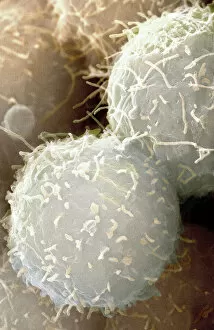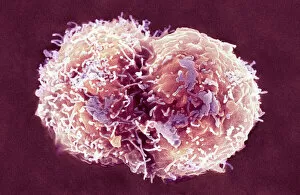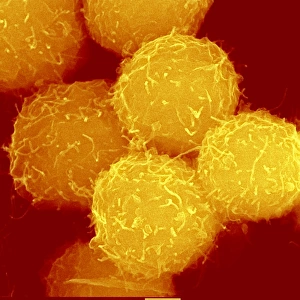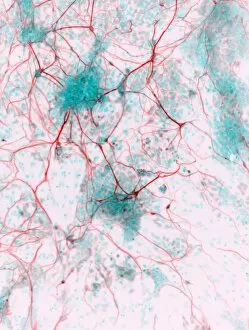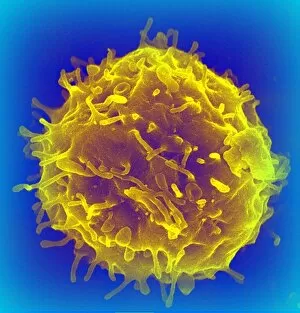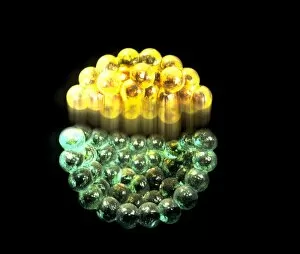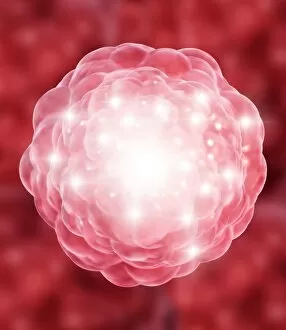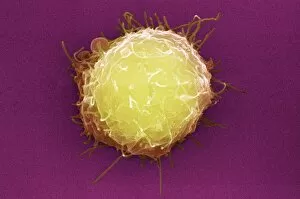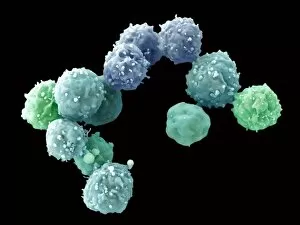Pluripotent Collection
"Unlocking the Potential of Pluripotent Stem Cells
All Professionally Made to Order for Quick Shipping
"Unlocking the Potential of Pluripotent Stem Cells: Exploring the Fascinating World of Cellular Regeneration" Embryonic stem cells hold immense promise in medical research, and this captivating SEM image showcases their intricate beauty. Like a needle delicately threading through fabric, these pluripotent cells possess the remarkable ability to differentiate into any cell type within our bodies. Delving deeper into the realm of stem cells, another mesmerizing SEM snapshot reveals their awe-inspiring complexity. These versatile cells harbor boundless potential for regenerative medicine, offering hope for treating various diseases and injuries. Intriguingly, haematopoietic stem cells are captured here in stunning detail under SEM C013/5009. These extraordinary cells give rise to all blood cell types and play a crucial role in replenishing our body's vital supply. Witnessing the power of stem cell-derived nerve cells is truly astonishing. As depicted by this micrograph, these specialized neurons hold tremendous therapeutic possibilities for conditions such as spinal cord injuries or neurodegenerative disorders like Parkinson's disease. The wonders continue with stem cell-derived retinal cells that have the potential to restore vision in those affected by retinal degeneration. This breakthrough offers new rays of hope amidst darkness for individuals battling sight-related ailments. Once again, we marvel at the incredible resilience of stem cell-derived nerve cells showcased here. Their ability to regenerate damaged neural tissue brings us closer than ever to finding effective treatments for devastating conditions like Alzheimer's or stroke-induced brain damage. Lastly, we explore the enchanting world of stem cell-derived astrocyte brain cells – guardians protecting our delicate neural networks from harm. Their unique properties make them invaluable allies in understanding brain development and devising innovative therapies against neurological disorders. Pluripotent stems from Latin roots meaning "many potentials, " aptly describing these extraordinary cellular entities that may revolutionize modern medicine.


